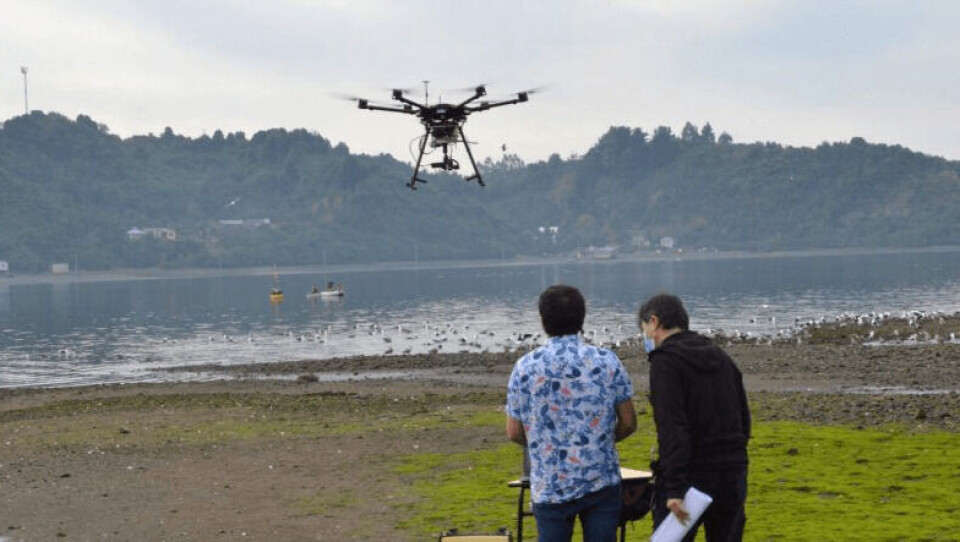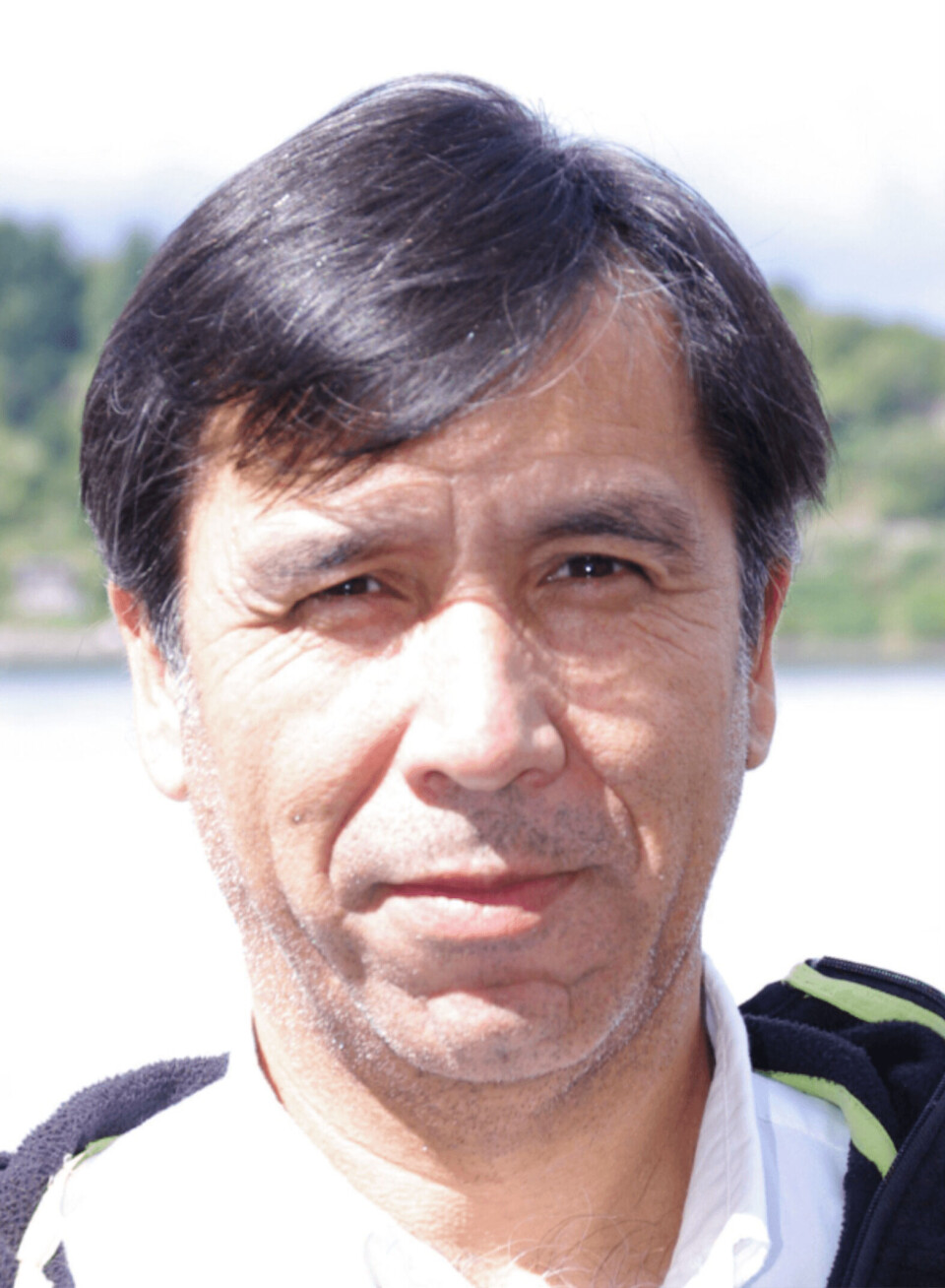
The drone super-camera that will identify HABs
Researchers in Chile aim to detect harmful algal blooms earlier and more easily by using a drone-mounted hyperspectral camera that can see tell-tale colours not visible to the naked eye.
Microalgae can naturally emit a recognisable colour but is not always within the reach of human vision.
The researchers will take water samples at the same time as the camera is being used and will then identify the algae in the samples so that they be matched to the colours shown by the camera.
With the help of artificial intelligence, an algorithm will then be developed to identify the organisms found in the water by using the camera alone, without the need for water sampling.

Imaging and sampling
The project is being led by Dr Daniel Varela, a HAB expert at the I-mar Centre at the University of Los Lagos, and drone services specialist Adentu.
“What we have done so far is go through an equipment purchase stage and make the first fieldwork observations. In the coming months we will be fine-tuning the technique of taking images and sampling in the water,” explained Varela.
“It is called a hyperspectral camera because it can see in a very important number of bands. As a reference, an ordinary camera can see in three or four colour bands with which they compose an image, and satellites can see up to 30-36 spectral bands. The camera that we are acquiring should be in the order of more than 200 spectrum bands, therefore we can distinguish patterns that even human vision cannot see.”
Early warning
Harmful algal blooms (HABs) have caused fish losses for salmon farmers worldwide but are most prevalent in Chile.
“We want to develop an early warning system that allows us to recognise the presence and distribution of these algae with a certain level of anticipation - a system that can be used by companies that carry out their activities in the water, even for public services in the recognition of risk areas,” said Varela.
“It could be an intermediate system between a broader observation like satellites do and specific water samples that have their cost in time and resources.”























































